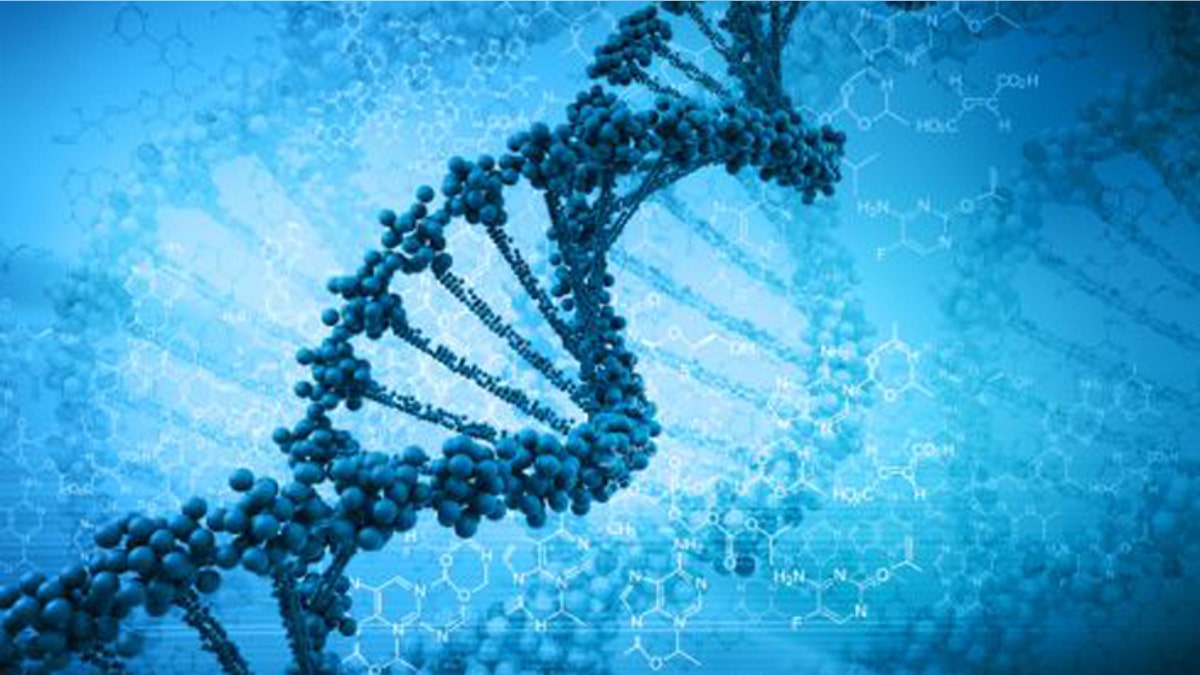
Ten patients with severe hemophilia B have remained cured of the inherited bleeding disorder for as long as three years thanks to gene therapy, according to a new report on the technique in the New England Journal of Medicine.
The study updates an earlier one from 2011, in which six volunteers were successfully treated with various doses of the treatment that uses a virus to insert genetic material into the liver. The four additional patients received the highest dose.
"I believe that, scientifically, this is ready for prime time," the chief author, Dr. Andrew Davidoff of St. Jude Children's Research Hospital in Memphis, Tennessee, told Reuters Health in a telephone interview.
The problem, he said, is that the genetically engineered virus that delivers the cure "is really a bear to make" and better methods to produce the treatment are desperately needed. To engineer enough virus to treat the 10 patients required six months of work.
Davidoff and his colleagues found that the higher the dose of the engineered virus, the more factor IX the body produced. Factor IX is a protein crucial to blood clotting and is defective in hemophilia B patients.
The researchers used an adeno-associated virus or AAV, which infects the liver without causing apparent illness.
The therapy seemed to have no serious side effects and is designed to eliminate the need to give patients injections of factor IX every two or three days at a cost of about $250,000 per year.
The treatment produced factor IX levels in a range of 1 percent to 6 percent of normal. But even a few percentage points can be enough to prevent dangerous bleeding. A single infusion was sufficient.
For the six high-dose recipients, the factor IX level averaged 5.1 percent, "which resulted in a reduction of more than 90 percent in both bleeding episodes and the use of prophylactic factor IX concentrate," the research team wrote.
"I think it's going to have a big impact. The study showed both safety and efficacy and the side effects were minimal," said Dr. Timothy Nichols, who heads the Francis Owen Blood Research Laboratory at the University of North Carolina and was not involved in the study.
"This is a single shot of medicine given to patients who are treating themselves two or three times a week," he told Reuters Health by phone. "Suddenly, they don't have to take the medicine anymore."
Worldwide, about 1 in 25,000 men are born with hemophilia B each year. It is less common than hemophilia A, which is caused by a problem with a different protein and affects about 1 in 5,000 men.
Because the genetic code for the clotting factors is carried on the X chromosome, and males don't have a backup copy of that chromosome as women do, the condition is almost exclusively a disease of men.
Nichols said most people with hemophilia would be "very eager to consider the treatment and move forward if production issues can be resolved."
"Hopefully (the new results) will be a catalyst for us and others to find a more effective way to produce AAV," Davidoff said. "In fact, we're in discussions with other companies in terms of investing in our research for improving production."
